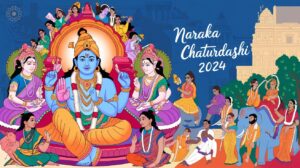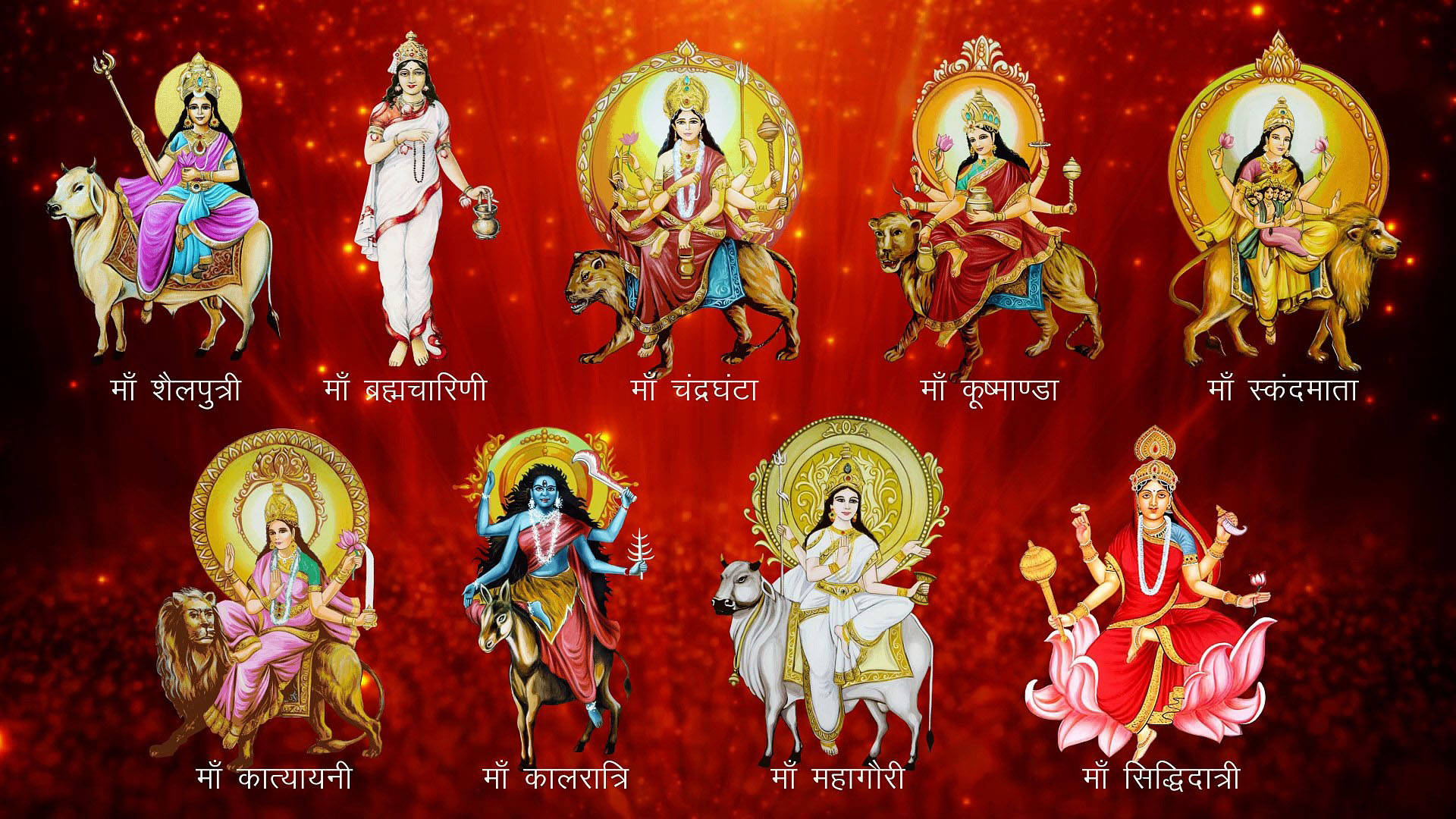
Navratri, a festival of spiritual rejuvenation, spans nine days and is dedicated to the nine forms of Goddess Durga, known as Navdurga. Each day celebrates a different avatar, symbolizing distinct aspects of feminine power, courage, and wisdom. Let’s explore the significance of each form worshipped on the respective days of Navratri.
Day 1: Shailputri – The Daughter of the Mountains
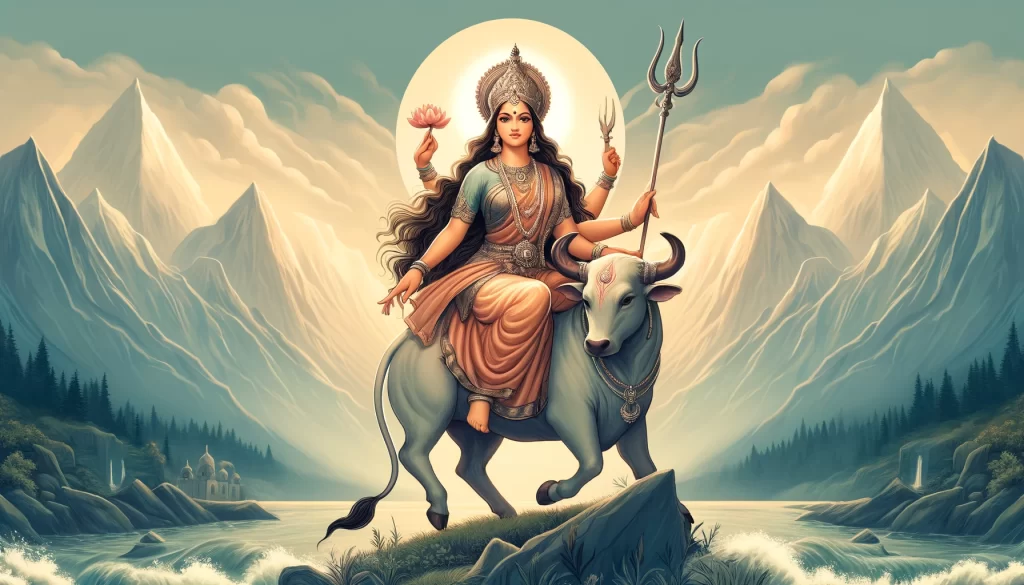
Shailputri, the first avatar of Durga, represents the earth element and is worshipped on the first day. She embodies purity and strength, riding a bull while carrying a trident and a lotus. Devotees seek her blessings for stability and perseverance.
Day 2: Brahmacharini – The Ascetic Goddess
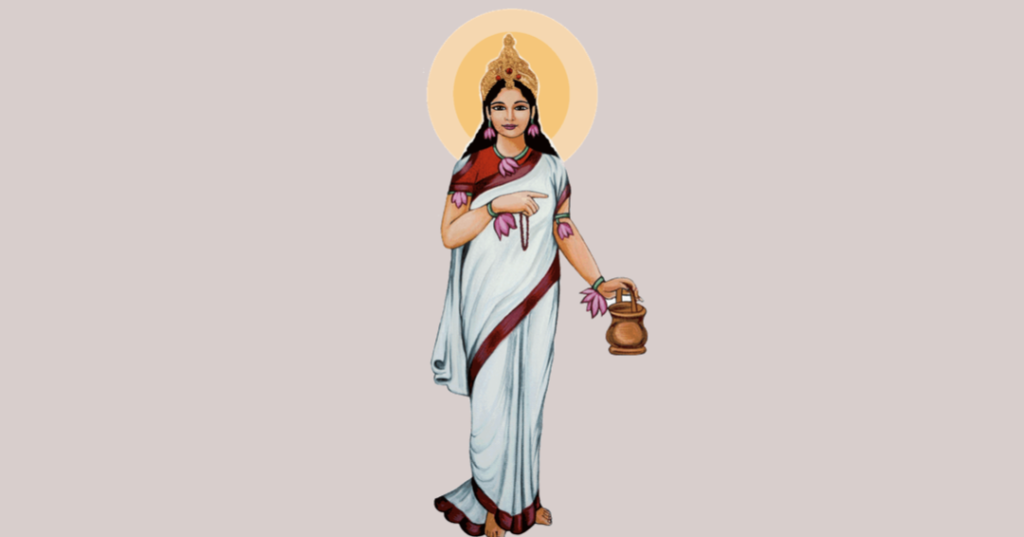
Brahmacharini, symbolizing penance and devotion, is honoured on the second day. She walks barefoot, holding a rosary and a water pot. Devotees pray to her for wisdom and peace, drawing inspiration from her intense devotion.
Day 3: Chandraghanta – The Warrior Goddess
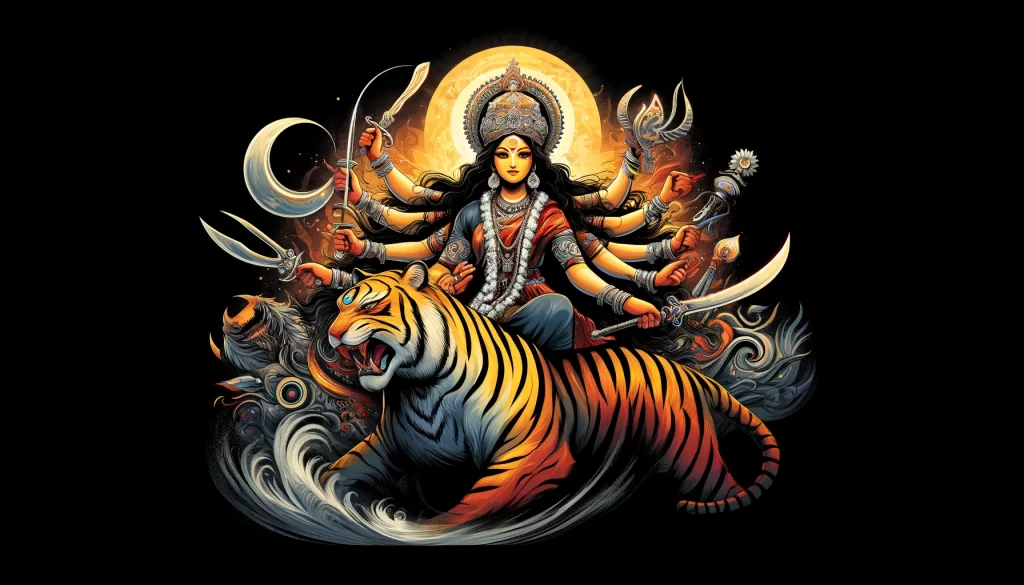
Chandraghanta, known for her courage, is worshipped on the third day. She rides a tiger and has a crescent moon on her forehead. Devotees turn to her for protection from harm and to gain fearlessness.
Day 4: Kushmanda – The Creator of the Universe
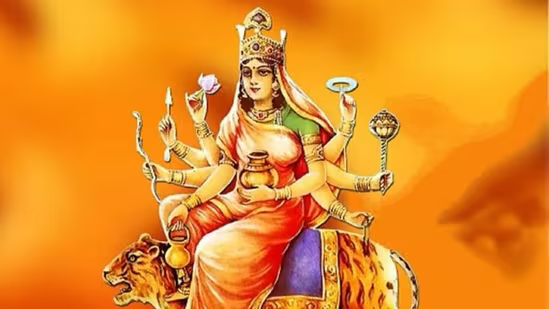
On the fourth day, devotees worship Kushmanda, who is believed to have created the universe with her radiant smile. She is the embodiment of light and energy. Those who worship her are blessed with good health and spiritual strength.
Day 5: Skandamata – The Mother of Skanda
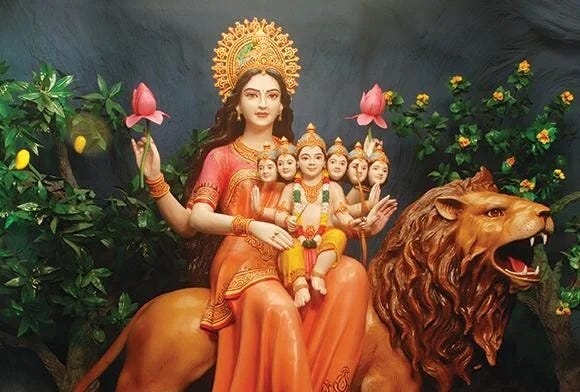
Skandamata, the mother of the war god Skanda, is venerated on the fifth day. Depicted riding a lion and holding her son, she signifies nurturing energy. She grants her devotees wisdom, power, and prosperity.
Day 6: Katyayani – The Fearless Warrior
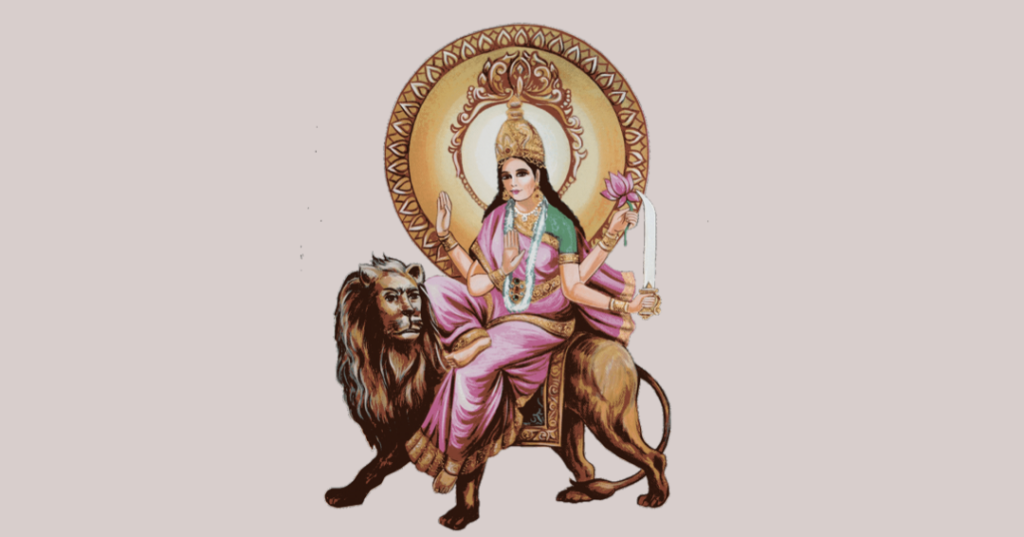
Katyayani, the fierce form of Durga, is worshipped on the sixth day. She represents courage and victory over evil. Those seeking to overcome difficulties or find success in life often pray to her for blessings.
Day 7: Kalaratri – The Destroyer of Darkness
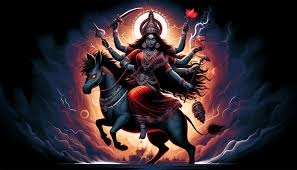
Kalaratri, also called Kali, is worshipped on the seventh day. She is the most ferocious form of Durga, representing the destruction of negativity and ignorance. Her blessings remove fear and lead to spiritual liberation.
Day 8: Mahagauri – The Goddess of Purity
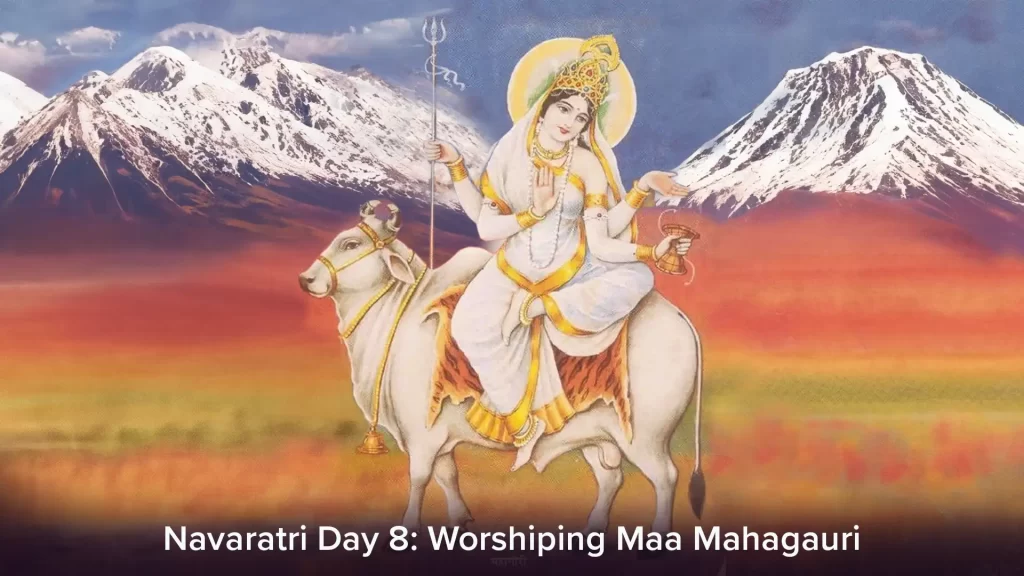
Mahagauri, revered on the eighth day, symbolizes purity and tranquility. Her radiance is likened to the moon. Worshipping her is said to purify the soul and bring peace and calmness into one’s life.
Day 9: Siddhidatri – The Bestower of Supernatural Powers
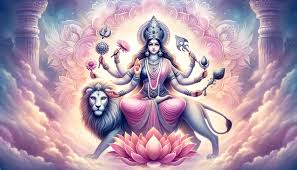
Siddhidatri is worshipped on the ninth and final day of Navratri. She is the goddess of perfection and supernatural powers. Devotees seek her blessings for wisdom, spiritual knowledge, and success.
Also read: Navratri Diet Tips: Why You Must Eat These Foods While Fasting-2024
Navratri Devi Mantra
Reciting mantras during Navratri amplifies the blessings of the goddess. Each form of Durga has its specific mantra that devotees can chant to invoke her divine energies. Here are the mantras for a few key forms:
- Shailputri Mantra:
“Om Devi Shailputryai Namah”
Chanted to gain strength and stability. - Katyayani Mantra:
“Om Devi Katyayanyai Namah”
This mantra invokes courage and determination. - Kalaratri Mantra:
“Om Devi Kalaratryai Namah”
Recited to destroy darkness and remove obstacles.
Durga Devi Avatars Navratri
During Navratri, each of the nine avatars of Durga is honored for their unique powers and blessings. These divine forms range from the peaceful Shailputri to the fierce Kalaratri. The worship of Durga in her nine forms symbolizes the victory of good over evil and the triumph of light over darkness.
Understanding the significance of each avatar deepens the spiritual experience of Navratri and helps devotees align their energies with the divine feminine force.
Navratri Devi Aarti
The Aarti is an essential ritual during Navratri, performed to honor the goddess with devotion and light. Below is a common aarti dedicated to Goddess Durga:
“Ambe Tu Hai Jagdambe Kali, Jai Durge Khappar Waali…”
This aarti praises Durga in her many forms, invoking her blessings and protection. It is performed with lit lamps, symbolizing the light that guides us through darkness.
Final Thoughts
Navratri is a time of intense devotion, spiritual growth, and celebration. By understanding the significance of each Devi, chanting mantras, and performing aartis, devotees connect deeply with Durga’s divine energies and embrace Navratri’s transformative power.


